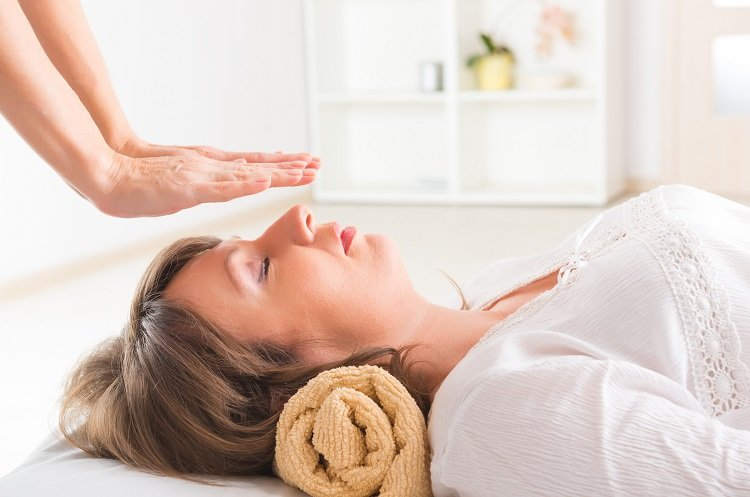Discover Your Perfect Healer Today!
Our online practitioner directory connects you with a wide range of healers to suit your unique needs.
Easily search and find the right professional to support your wellness journey.
Start exploring today to find your perfect match.
Modality
Disease
Books
Products
Events
Training
Blogs
Integrative Medicine
Integrative Medicine: A Path to a Healthier You
Innovative medicine is changing health care as it combines the best parts of conventional health care with proven complementary treatments that are evidence-based. This approach ...
Read More → Written by
David Brown
Reiki Healers
Finding the Perfect Reiki Practitioner: A Comprehensive Guide
Reiki is one healing experience in which the selection of the right practitioner is very important. This is an energy-based therapy, and one needs a ...
Read More → Written by
John Smith
Reflexology
Understanding the Challenges and Controversies in Reflexology
One of the most used alternative therapies is reflexology. In fact, this therapy is known to receive much criticism and controversy. Though many admit to ...
Read More → Written by
John Smith
Naprapathy
Integrating Naprapathy with Conventional and Complementary Therapies
Naprapathy is a hands-on treatment that specializes in dealing with musculoskeletal pain by manipulating connective tissue. As a whole continuum healing approach, naprapathy, when combined ...
Read More → Written by
Michael Johnson
Acupuncture
Is Sleepiness a Normal Side Effect of Acupuncture?
Yes, sleepiness is one of the normal reactions to acupuncture because treatment activates the parasympathetic nervous system. Treatment in general calms a person down and ...
Read More → Written by
David Brown
Reflexology
The Historical Roots of Reflexology: A Journey Through Time
Reflexology is a practice that has been in history from the time of the old civilization. Today, it is considered one of the most significant ...
Read More → Written by
John Smith






